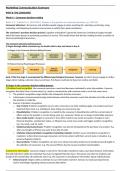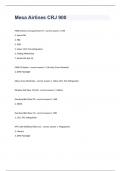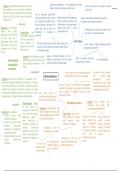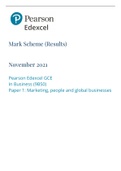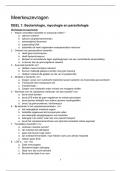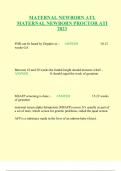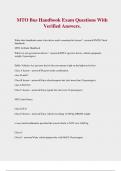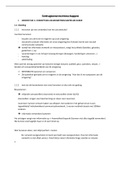Summary
Marketing communication summary - Part B the Consumer week 4-6
- Course
- Institution
This summary is of the markating communication course. Part B was the exam material so this summary is from week 4-6. The summary consist of all the materials and theories discussed in class and has a summary of all the articles. My grade was an 8,8
[Show more]
